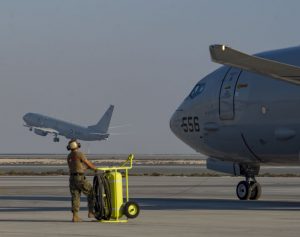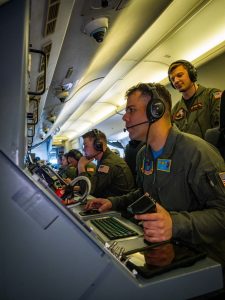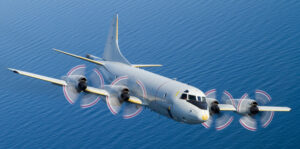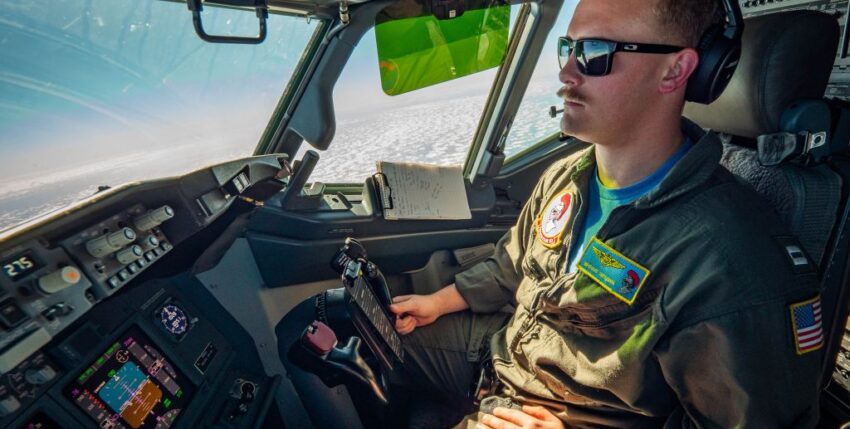There seems to be movement in the plans for the successor to the P-3C Orion maritime patrol aircraft. The Defense Security Cooperation Agency (DSCA), something like the VEBEG (the federal disposal company) of the US armed forces, announced in a press release on 12 March 2021 that the State Department had made a decision on the approval of a possible foreign sale of P-8A Poseidon aircraft to the German government. The sale price of the five P-8A Poseidons is stated at 1.77 billion US dollars (1.5 billion euros). The deal is to take the form of a foreign military sale. The US Congress was also informed of the possible sale by the Defense Security Cooperation Agency on 12 March. The P-8A Poseidon is a modern maritime patrol aircraft based on the proven design of the Boeing 737-800. It is used by the US Navy as well as in Norway and the United Kingdom. Australia, India, New Zealand and South Korea are also customers of the P-8 Poseidon.



The news from Washington could help the German government in its intention to continue to provide a new weapon system without interruption with the decommissioning of the P-3C Orion - probably by 2025. Until the Franco-German joint project in the field of maritime reconnaissance/submarine hunting MAWS (Maritime Airborne Warfare System)which is scheduled to arrive in the troops from 2032 (based on experience with the NH 90, probably from 2035).
The elimination of the P3-C Orion would create a capability gap

The decision to discontinue the modernisation of the P3-C Orion became necessary because the costs were getting out of hand, as the Federal Audit Office criticised in 2019. Consequently, the decision was made in June 2020 to decommission the aircraft, which were purchased as a bargain in 2004, as early as 2025 and not in 2035 (see the 12th Armaments Report of the Ministry of Defence from December 2020). At the same time, the search for an interim solution was initiated. This is because long-range maritime reconnaissance and the capability for long-range submarine hunting from the air are not to be dispensed with. Maritime reconnaissance and surveillance are also planning priorities for the Alliance, supplemented by the intensification of submarine hunting capabilities as part of national and alliance defence. In view of the threat perception, in which Russia plays a key role due to its political positioning and military capabilities, it would not seem plausible to abandon these capabilities.
There are two reasons for retaining the capability of long-range maritime reconnaissance. One is threat analysis. Secondly, with their long-range reconnaissance capabilities, MPAs expand the range of maritime warfare assets. In view of the reduced size of the fleet, recourse to the maritime patrol aircraft enables German participation in international naval operations, as demonstrated by its contributions to EUNAVORMED Operation Irini and Atalanta. However, despite its weight and the importance of sea routes for trade, Germany is missing from some international commitments: EMASOH, the European Maritime Security Initiative for the Strait of Hormuz and the initiative to curb piracy in the Gulf of Guinea, to name just two examples.
Photos: MFlKdo / U.S. Navy photo by Austin Ingram, Juan Sua
Text: Hans-Uwe Mergener










